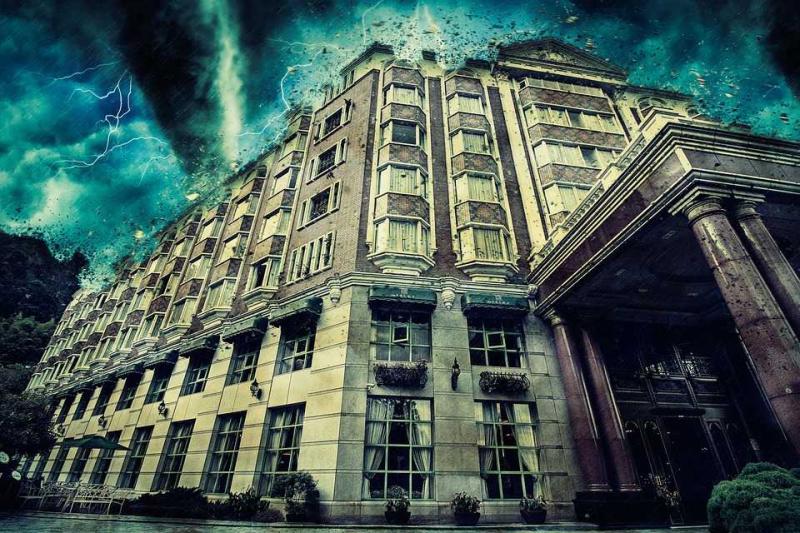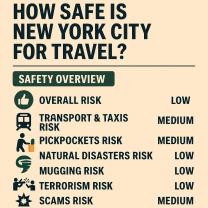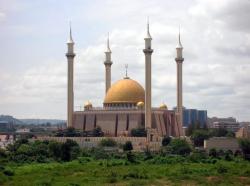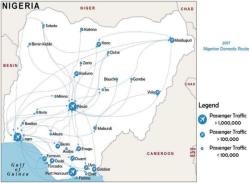What is disaster tourism or dark tourism?
Disaster tourism, also known as dark tourism, refers to the act of visiting places that have experienced significant tragedies, disasters, or are associated with death and suffering. It involves tourists seeking out destinations with a history of natural or man-made disasters, historical atrocities, accidents, or other events that are often characterized by morbidity or destruction. Dark tourism is motivated by a curiosity to witness and understand the aftermath of such events, often accompanied by a desire for reflection and remembrance.
Key features of disaster tourism or dark tourism include:
Historical Tragedies:
- Tourists are drawn to locations that have a history of tragic events, such as sites of natural disasters (earthquakes, tsunamis), historical atrocities (war zones, concentration camps), accidents (nuclear disasters, industrial accidents), or sites associated with crime and morbidity.
Educational and Reflective Purposes:
- Dark tourism is often motivated by a desire for education and reflection. Visitors may seek to understand the historical context and the impact of the events on the local population and global history.
Morbid Curiosity:
- Some tourists are driven by a morbid curiosity to witness the aftermath of disasters and tragedies. This curiosity may be fueled by a fascination with the macabre or a desire to confront the darker aspects of human history.
Memorialization and Remembrance:
- Many dark tourism sites serve as memorials or places of remembrance for the victims of the events. Visitors may come to pay their respects, reflect on the past, and honor the memory of those who suffered.
Controversy and Ethics:
- Dark tourism can be controversial due to concerns about ethics and sensitivity. The commercialization of tragic events for tourism purposes may be seen as disrespectful or exploitative. Striking a balance between educating visitors and preserving the dignity of the site and its history is a challenge.
Examples of dark tourism sites include:
Hiroshima Peace Memorial Park (Japan): Commemorates the victims of the atomic bombing of Hiroshima during World War II.
Chernobyl Exclusion Zone (Ukraine): The site of the nuclear disaster in 1986, where visitors can explore the abandoned city of Pripyat.
Auschwitz-Birkenau Concentration Camp (Poland): A memorial and museum at the site of one of the most infamous Nazi concentration camps.
Ground Zero (New York, USA): The site of the World Trade Center towers destroyed during the 9/11 terrorist attacks.
While dark tourism can provide an opportunity for education, remembrance, and understanding, it is essential to approach these sites with sensitivity and respect for the historical and cultural context. Additionally, ethical considerations should be taken into account to ensure that the experiences offered do not trivialize or exploit the suffering associated with these events.
1. The Origins and Evolution of Disaster Tourism
Disaster tourism, the practice of visiting sites that have been affected by natural disasters or human-made catastrophes, has its roots in the 18th century. The eruption of Mount Vesuvius in 79 AD, which buried the ancient Roman cities of Pompeii and Herculaneum, drew visitors from Europe and beyond who were fascinated by the ruins.
In the 19th century, disaster tourism gained popularity with the advent of mass tourism. The Battle of Waterloo, for example, became a popular tourist destination, with visitors eager to see the battlefield and learn about the history of the Napoleonic Wars.
In the 20th century, disaster tourism took on a new dimension with the rise of modern media. The coverage of major disasters such as the 9/11 terrorist attacks and the Fukushima nuclear disaster attracted a global audience, and these sites became popular tourist destinations.
Psychological motivations and factors that attract individuals to engage in disaster tourism
There are a number of psychological motivations that attract individuals to engage in disaster tourism. Some people are drawn to the thrill and excitement of visiting sites of destruction, while others are motivated by a desire to learn about history and current events.
Some disaster tourists may also be seeking a sense of catharsis or closure after a disaster. They may view visiting the site as a way to connect with the victims and their families, or to process their own feelings about the event.
Ethical considerations and potential controversies surrounding disaster tourism practices
There are a number of ethical considerations surrounding disaster tourism. Some critics argue that disaster tourism is exploitative, as it can profit from the suffering of others. They also argue that it can be insensitive to the victims of disasters and their families.
Others argue that disaster tourism can be beneficial for local communities, as it can bring in tourism revenue and help to rebuild infrastructure. They also argue that it can raise awareness of disasters and help to prevent future tragedies.
4. Examples of Notable Disaster Tourism Destinations Around the World
There are a number of notable disaster tourism destinations around the world, including:
- Chernobyl: The site of the 1986 nuclear accident in Ukraine is now a popular tourist destination. Visitors can tour the abandoned power plant and learn about the history of the disaster.
- Ground Zero: The site of the 9/11 terrorist attacks in New York City is now home to the National September 11 Memorial & Museum. Visitors can pay their respects to the victims and learn about the history of the attacks.
- Pompeii: The ancient Roman city of Pompeii was buried by the eruption of Mount Vesuvius in 79 AD. The ruins are now a UNESCO World Heritage Site and a popular tourist destination.
Impact of disaster tourism on local communities, economies, and cultural preservation efforts
Disaster tourism can have a significant impact on local communities, economies, and cultural preservation efforts.
On the positive side, disaster tourism can bring in tourism revenue and help to rebuild infrastructure. It can also raise awareness of disasters and help to prevent future tragedies.
On the negative side, disaster tourism can be exploitative and insensitive to the victims of disasters and their families. It can also lead to overcrowding and damage to fragile sites.
Overall, the impact of disaster tourism is complex and multifaceted. It is important to weigh the potential benefits and drawbacks of disaster tourism before making a decision about whether or not to engage in it.
Here are some additional thoughts on the topic of disaster tourism:
- It is important to be respectful of the victims of disasters and their families when visiting disaster tourism destinations.
- Visitors should be aware of the potential risks associated with disaster tourism, such as exposure to hazardous materials or crowds.
- Visitors should support local businesses and organizations that are working to rebuild communities after disasters.
Disaster tourism is a controversial topic, but it is important to be aware of the potential benefits and drawbacks before making a decision about whether or not to engage in it.












